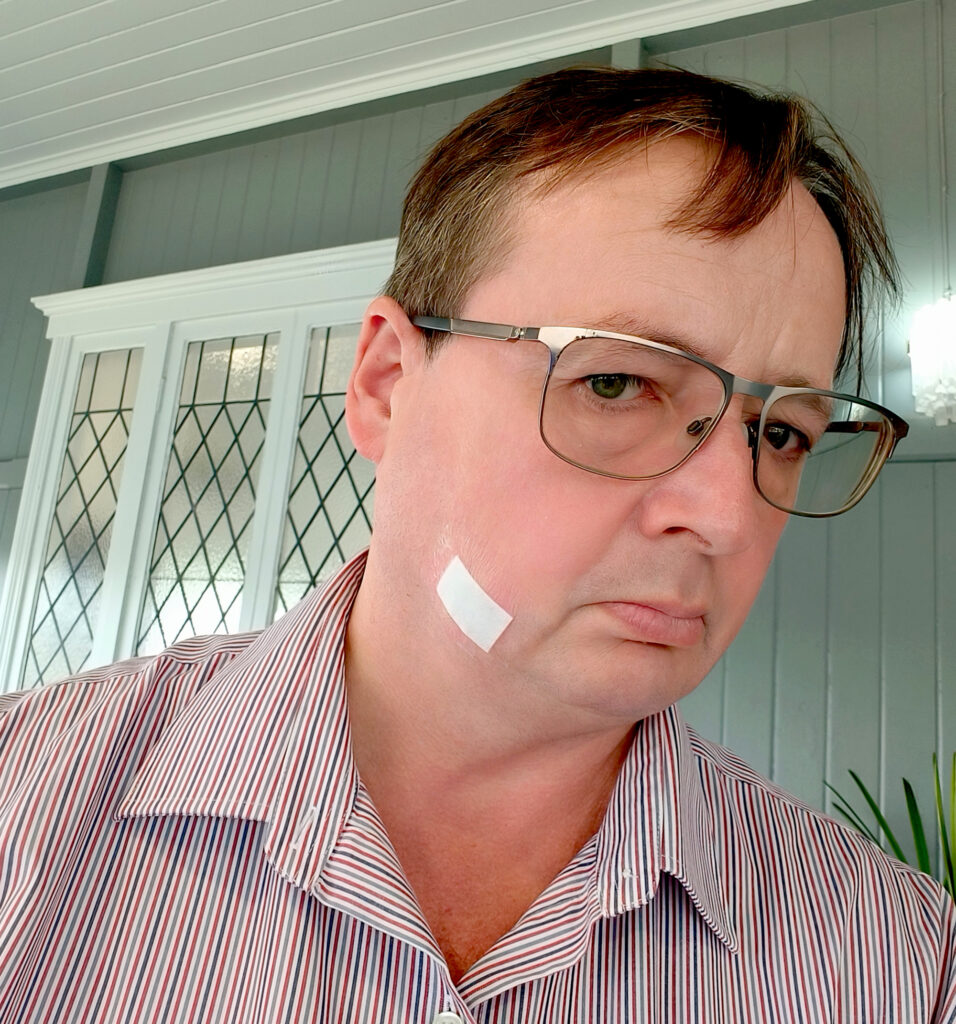Sunspot removal

I went to the skin doctor in Bundaberg last week for a sunspot removal procedure and everything went smoothly.
There are multiple options for sunspot removal, including prescription creams and laser therapy.
Mine was a surgical excision or shave excision and biopsy. The primary tool used in this procedure is a sharp razor. The doctor might use also use an electrode to feather the edges of the excision site to make the scar less noticeable.
He performed this after giving me a local anaesthetic around the mole, which was about 4mm across.
It had been annoying me because it protruded and bled easily when I was shaving.
The doctor was nearly certain that it was a non-cancerous sunspot, but recommended sunspot removal and a biopsy to make sure it was nothing nasty.
There is a risk of bleeding following this procedure, also infection. In my case, there were no concerns. I left the dressing on for more than 48 hours and kept it dry. When my nurse partner removed it, everything looked clean and neat; she said I’m a “good healer”.
Since then it’s developed a slight scab, which is normal, and it should be fully healed with minimum visibility in a few weeks.
Sunspots are apparently more common in people with fair skin and those who have spent a lot of time in the sun. They are usually harmless, but they can be unsightly.
Here are some tips to help prevent sunspots:
- Wear sunscreen with an SPF of 30 or higher every day, even on cloudy days.
- Avoid tanning beds and sun lamps.
- Wear protective clothing, such as a hat, sunglasses, and long sleeves, when you are in the sun.
- Limit your sun exposure during the middle of the day, when the sun’s rays are strongest.
Obviously, if you’re concerned about any spots on your face, see a doctor for diagnosis and discuss sunspot removal with them.


